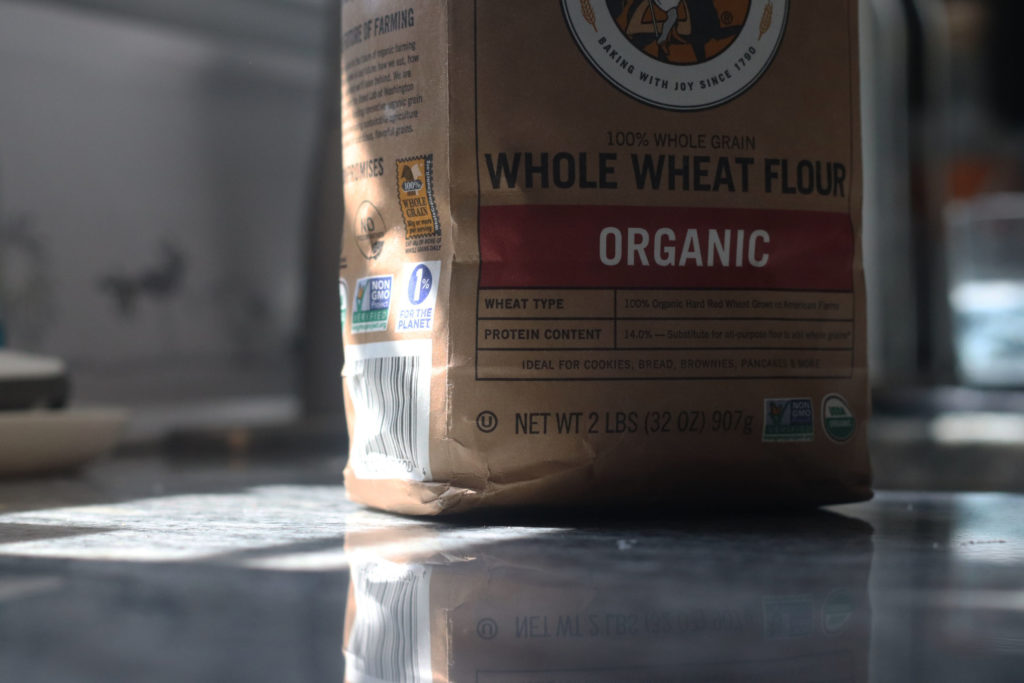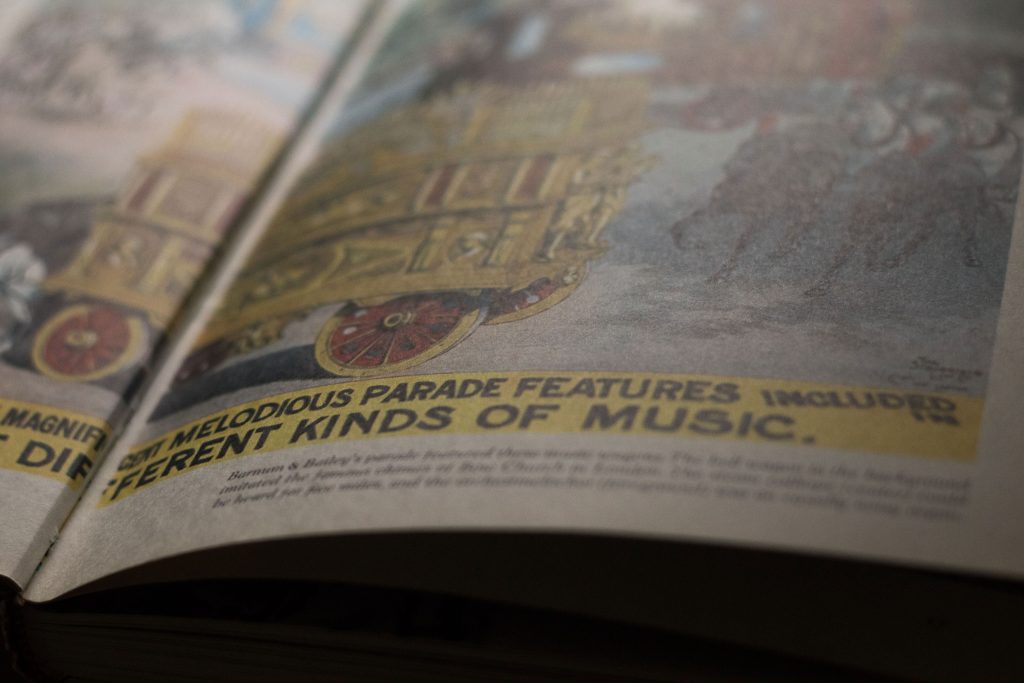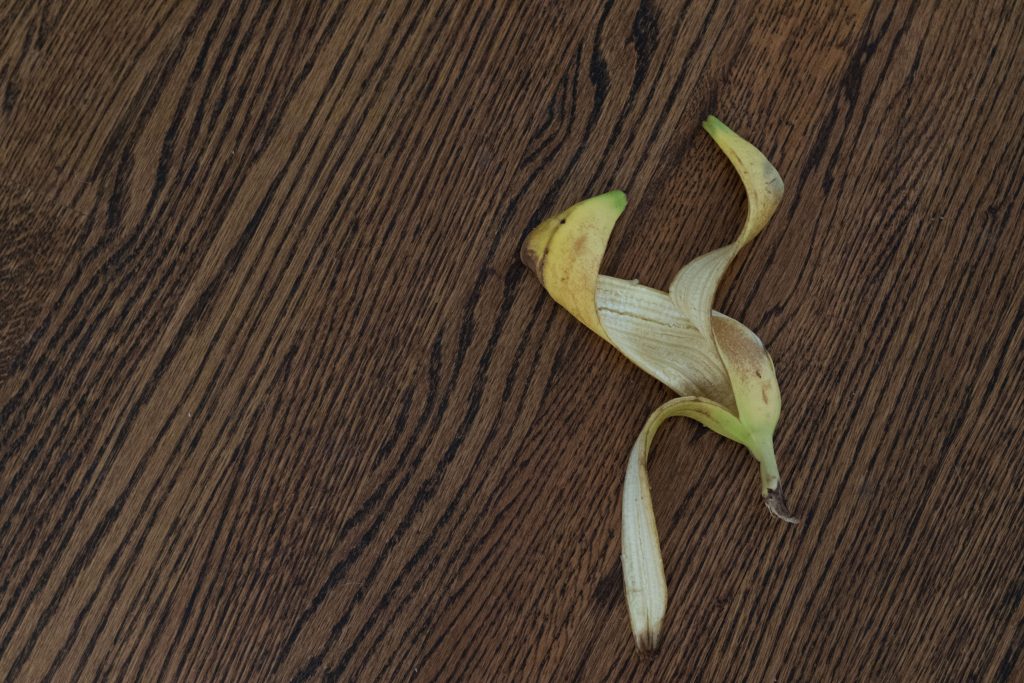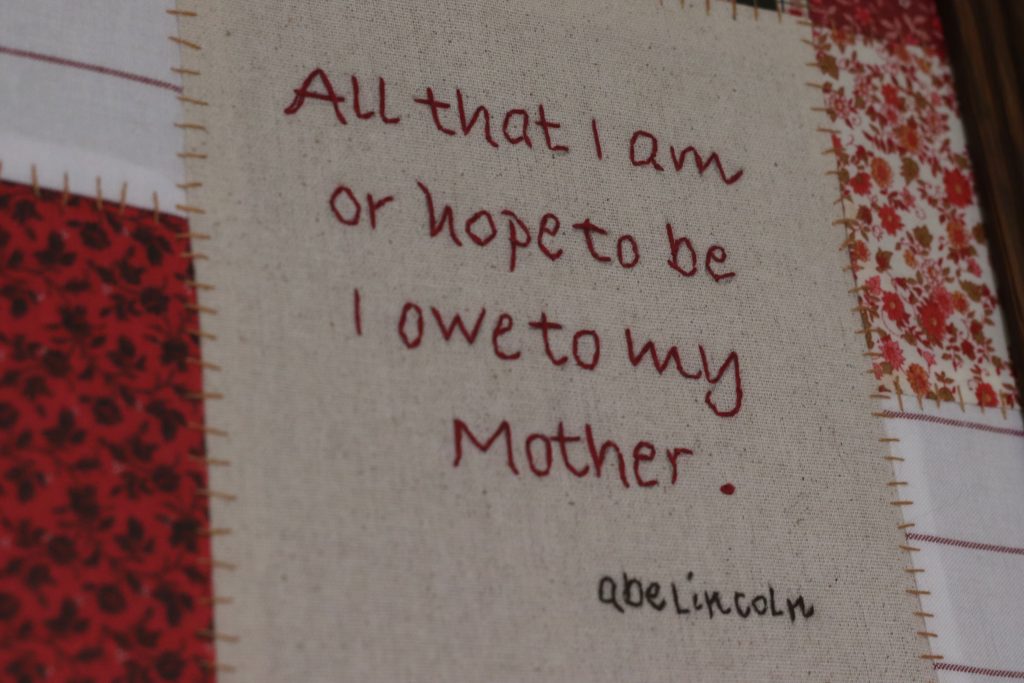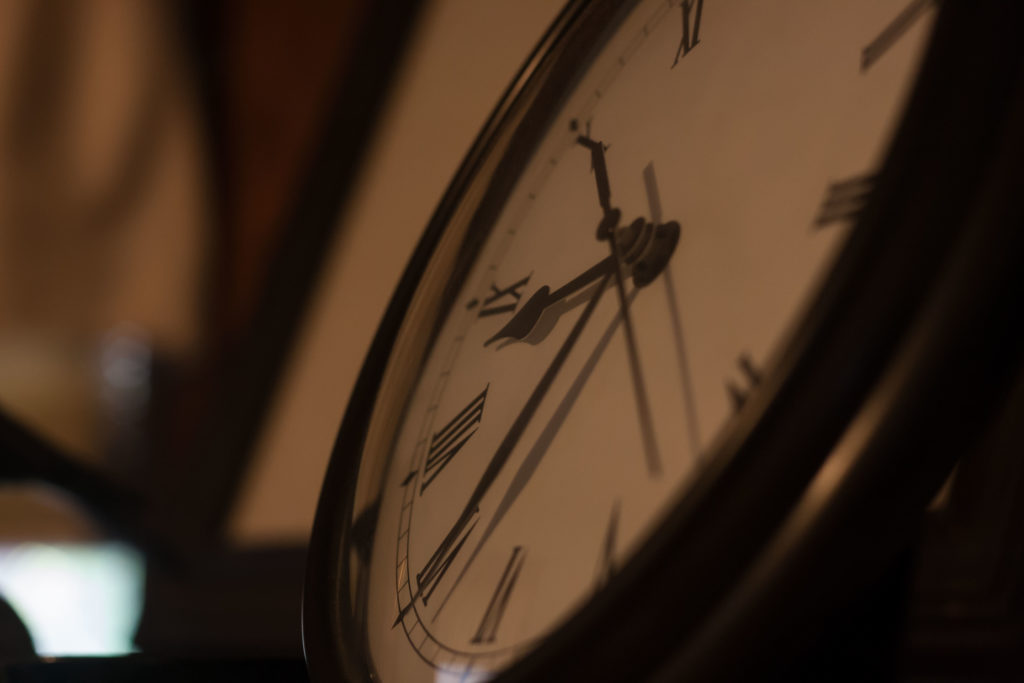Have a drink with: Jumbo
The Children’s Giant Friend
Ask him about: bath time in the Thames
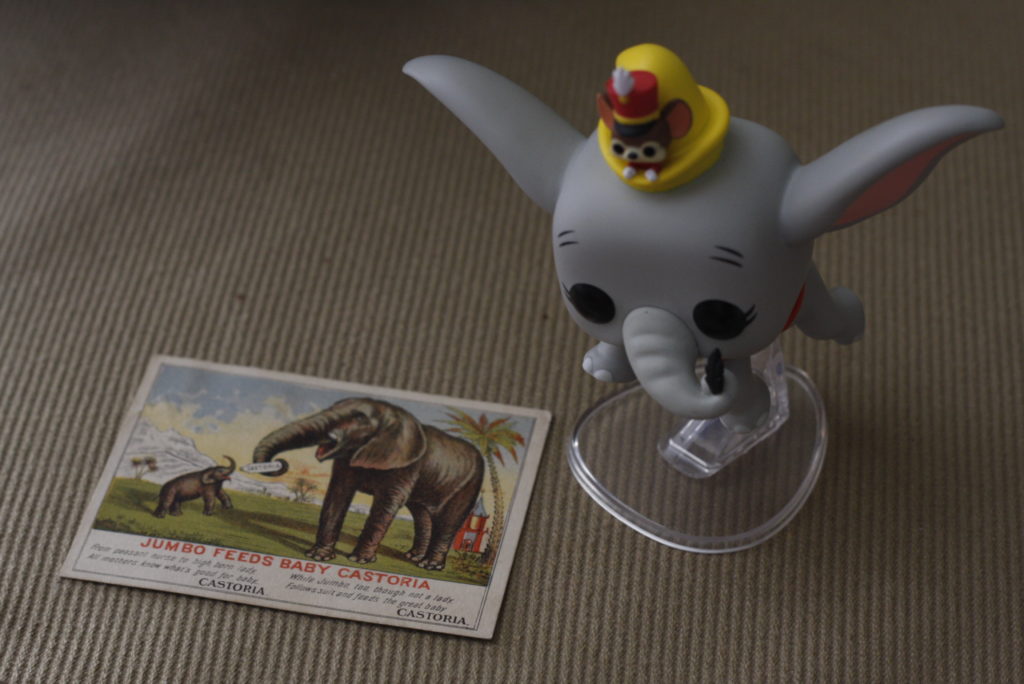
There’s one conspicuous problem with the 1941 Disney movie Dumbo and Tim Burton’s remake, released last week: the elephant’s name is not, in fact, Dumbo.
The little elephant with the big ears is, in fact, given a family name when he is born, and Mrs. Jumbo’s baby is christened Jumbo, Jr. (The mocking nickname comes about when his giant ears are discovered.) This establishes Dumbo in the lineage of a real circus animal – the mighty Jumbo, P.T. Barnum’s prize African elephant. In 1941, when the original Disney film came out in theaters, Jumbo was still within fifty years’ living memory – and indeed, a fair swath of adult audience members were likely to have remembered seeing Jumbo as children on circus day, as the Greatest Show on Earth wound its way across America.
When P.T. Barnum secured him from the London Zoo, where he was known as the “children’s friend” for the rides he would give to young zoo visitors, Jumbo became the undisputed star of the circus, elevating the Barnum shows to an even greater level of cultural prominence.
Here are a few things you may not know about Dumbo’s famous patriarch.
